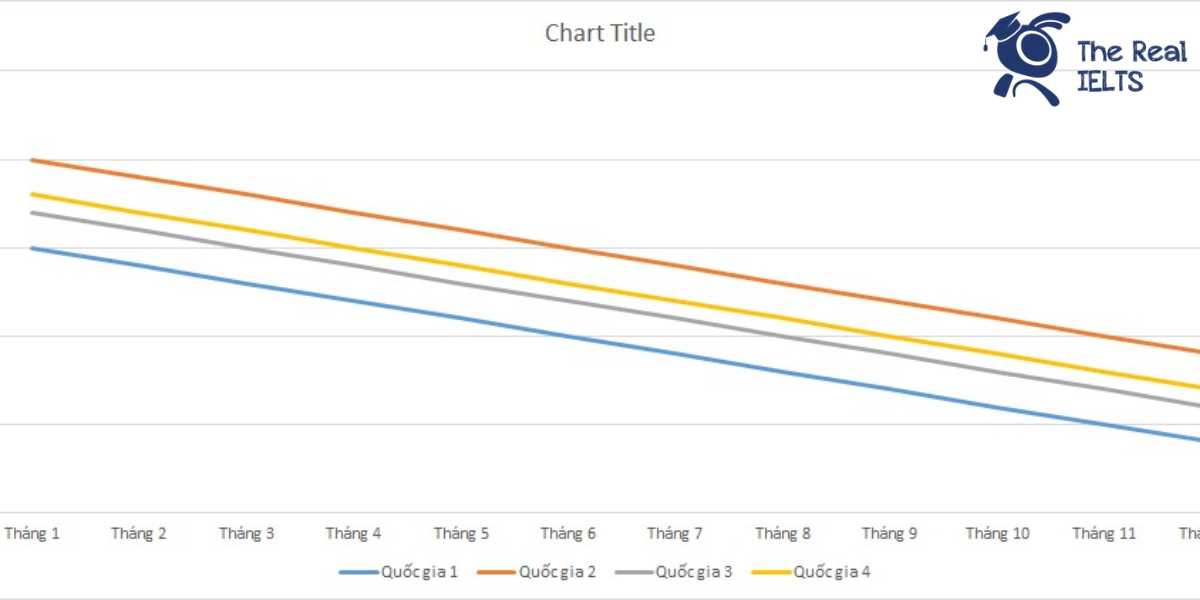Trong phần thi IELTS Speaking, một trong những câu hỏi phổ biến liên quan đến chủ đề nơi ở là: “What types of accommodation are available in your hometown?” Đây là cơ hội để bạn trình bày về các loại hình nhà ở tại quê hương mình, đồng thời thể hiện khả năng sử dụng từ vựng và ngữ pháp linh hoạt.
Tại các thành phố lớn ở Việt Nam, bạn có thể dễ dàng bắt gặp nhiều loại hình nhà ở như căn hộ chung cư, nhà phố, biệt thự, và nhà ở xã hội. Đối với vùng nông thôn, nhà truyền thống với mái ngói hoặc nhà sàn là hình ảnh quen thuộc. Bên cạnh đó, các loại hình mới như homestay hoặc nhà cho thuê phục vụ khách du lịch cũng đang phát triển.
Để trả lời tốt câu hỏi này, hãy chuẩn bị từ vựng như apartment, detached house, villa, và rural cottage, đồng thời thực hành cách diễn đạt ý mạch lạc. Điều này sẽ giúp bạn đạt điểm cao trong bài thi IELTS Speaking.
Đọc thêm các bài luyện thi IELTS khác.
Đọc thêm câu hỏi khác tại: IELTS Speaking Part 1: Introduction and Interview chủ đề Your hometown.
Đọc thêm: IELTS Speaking: How would you describe the atmosphere or mood in your hometown?
Câu trả lời cho IELTS Speaking: What types of accommodation are available in your hometown?
Ví dụ 1
Introduction
In my hometown, there is a wide variety of accommodation types that cater to different lifestyles and preferences. Since it’s a mix of urban and suburban areas, the options are quite diverse.
Body
1. Types of Accommodation in Urban Areas
In the city center, apartments are the most common type of housing. These range from small studio apartments to luxurious penthouses. Many people prefer apartments because they are convenient, close to workplaces, and equipped with modern facilities like gyms, swimming pools, and security systems.
Another popular option is terraced houses or townhouses. These are typically owned by families and are found in quiet residential neighborhoods. They offer more space and privacy compared to apartments.
2. Types of Accommodation in Suburban or Rural Areas
In the suburbs or rural parts of my hometown, you’ll find traditional houses with gardens. These houses are usually single-story and made of bricks or concrete. Many of them have spacious yards where families grow fruits and vegetables.
There are also larger properties like villas, which are owned by wealthier residents. These homes often come with private pools and landscaped gardens, providing a luxurious lifestyle.
3. Temporary Accommodation
Apart from permanent housing, my hometown has a growing number of accommodations for tourists, such as homestays and boutique hotels. These are especially popular in areas with cultural or natural attractions.
Additionally, rental housing, like shared apartments and boarding houses, is available for students and workers who come from other regions. These options are usually affordable and practical.
Conclusion
Overall, the types of accommodation in my hometown reflect its dynamic nature, catering to a wide range of needs and budgets. Whether you’re looking for modern conveniences, traditional charm, or short-term stays, there’s something for everyone.
Ví dụ 2
Introduction
In my hometown, there are several types of accommodation to suit different needs and budgets. It’s a place where both modern and traditional housing styles coexist, offering a variety of choices for residents and visitors alike.
Body
1. Urban Housing Options
In the city center, apartments are the most common choice. They range from basic one-bedroom units to luxurious high-rise condominiums. Many of these apartments are located near shopping malls, office buildings, and entertainment hubs, making them ideal for young professionals and families.
Another type of accommodation is townhouses, which are typically found in residential neighborhoods. These are multi-story homes with small gardens, perfect for families who prefer a bit more space and privacy.
2. Suburban and Rural Housing
In the suburban areas, detached houses are the dominant form of accommodation. These homes often have gardens and outdoor spaces, making them ideal for families with children.
In the rural parts of my hometown, traditional houses, like wooden homes with tiled roofs, are still quite common. These homes are usually surrounded by rice fields or gardens, providing a peaceful and scenic environment.
3. Temporary Accommodation
For visitors or those who don’t plan to stay long, there are plenty of hotels, guesthouses, and homestays. These options are particularly popular among tourists who want to experience the local culture.
Additionally, rental housing such as shared apartments and dormitories is available for students and workers from other regions. These are usually more affordable and cater to those on a tight budget.
Conclusion
To sum up, my hometown offers a wide variety of accommodation, from modern apartments in the city to traditional houses in the countryside. This diversity reflects the lifestyle and preferences of its residents, making it a vibrant and inclusive place to live.















